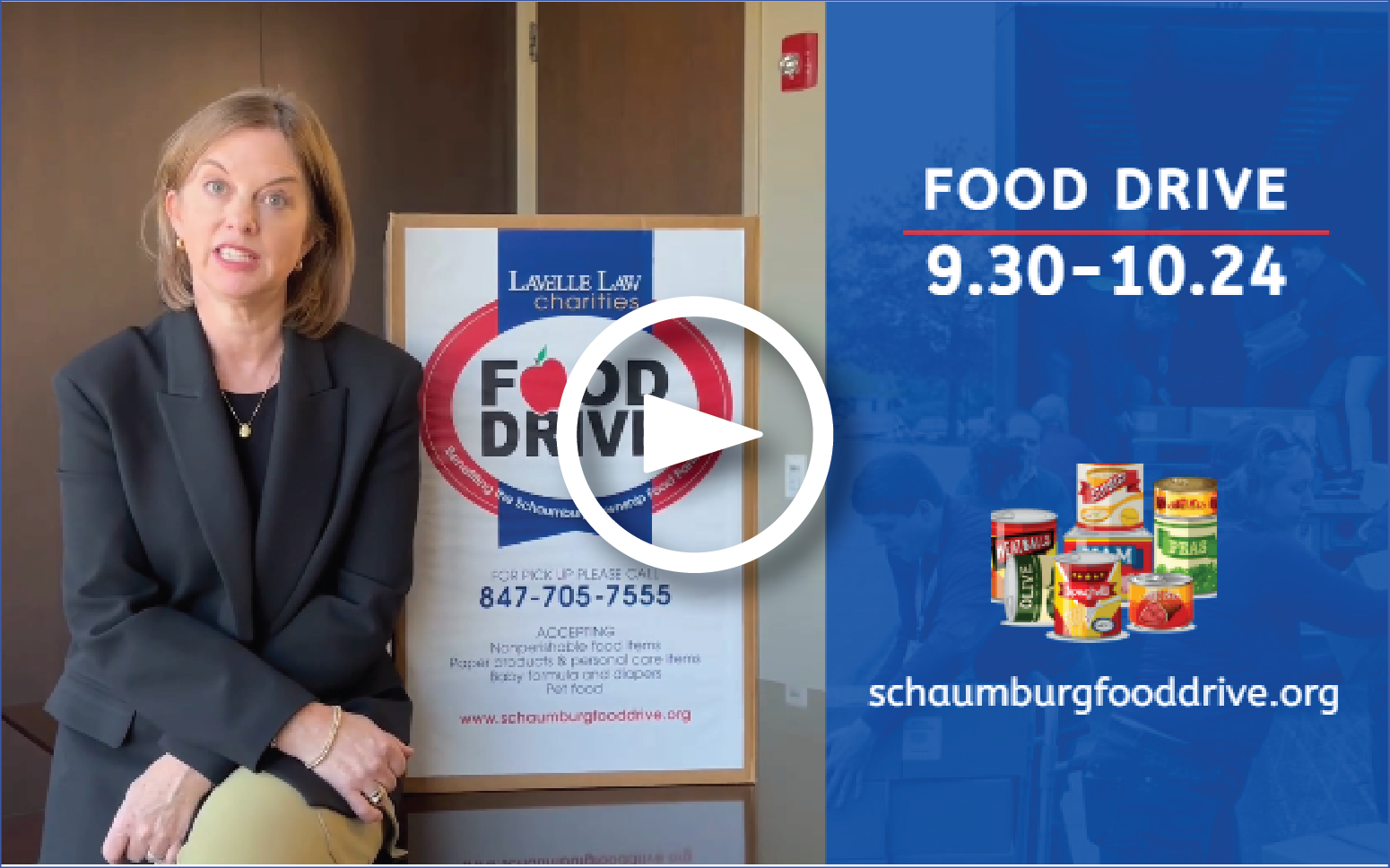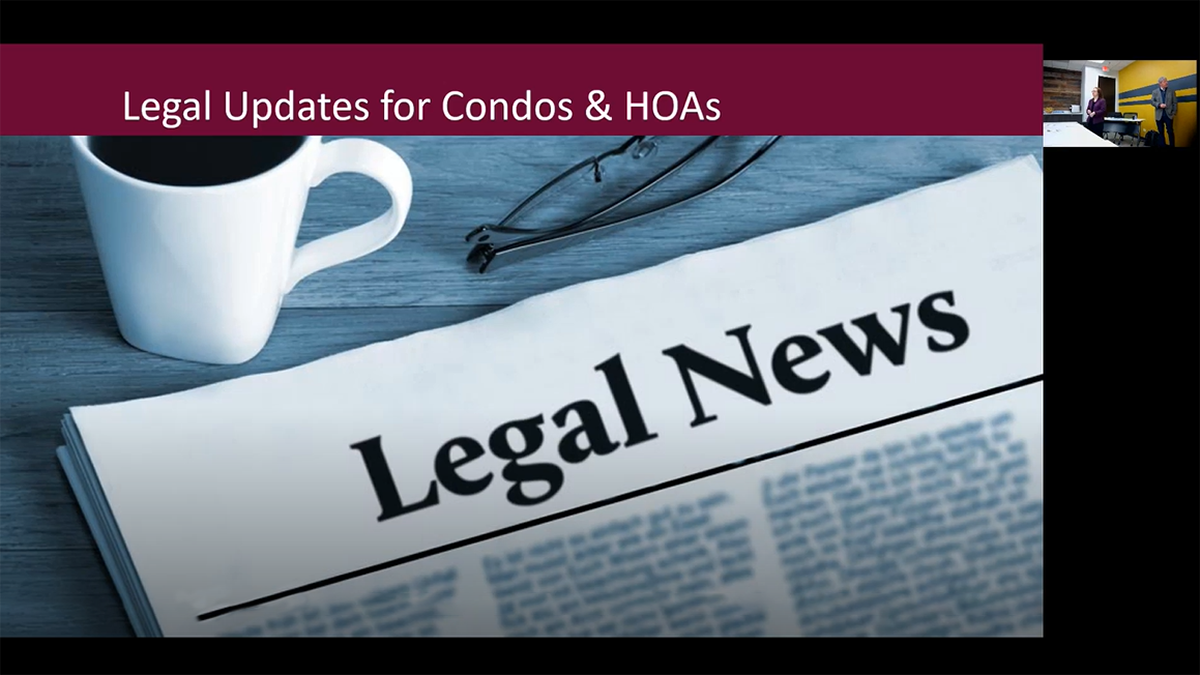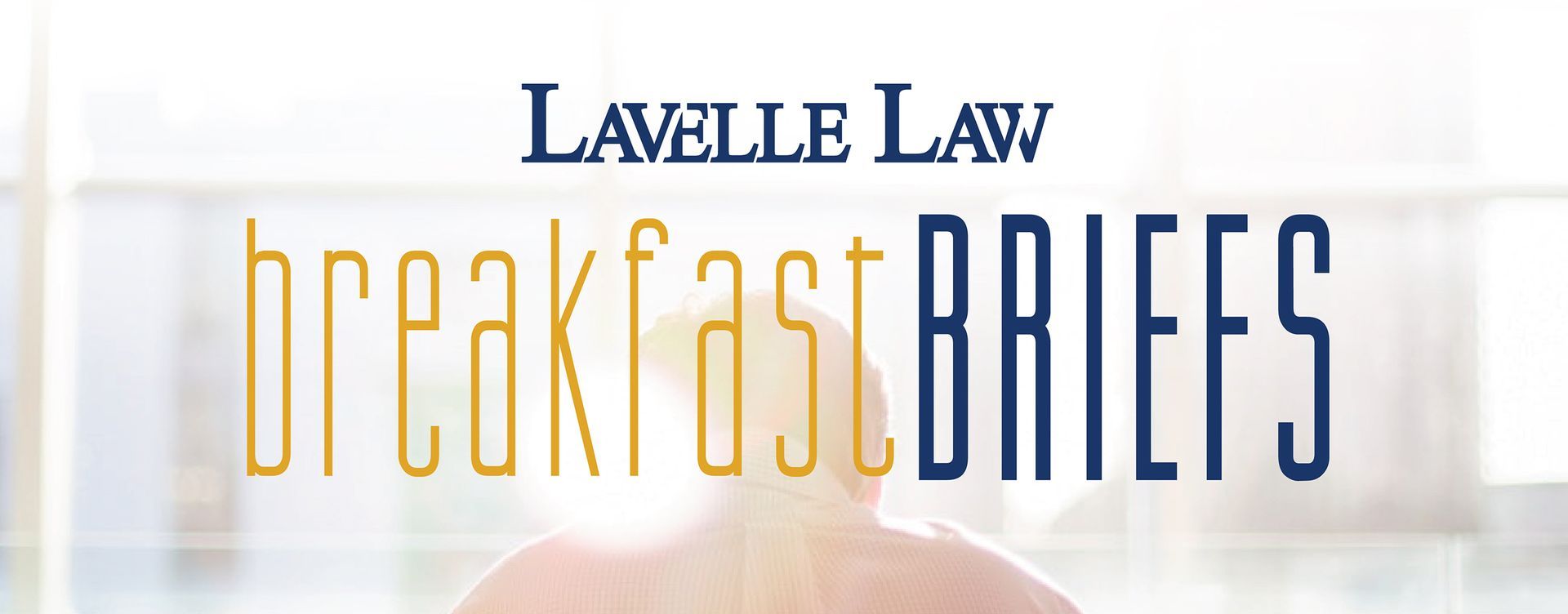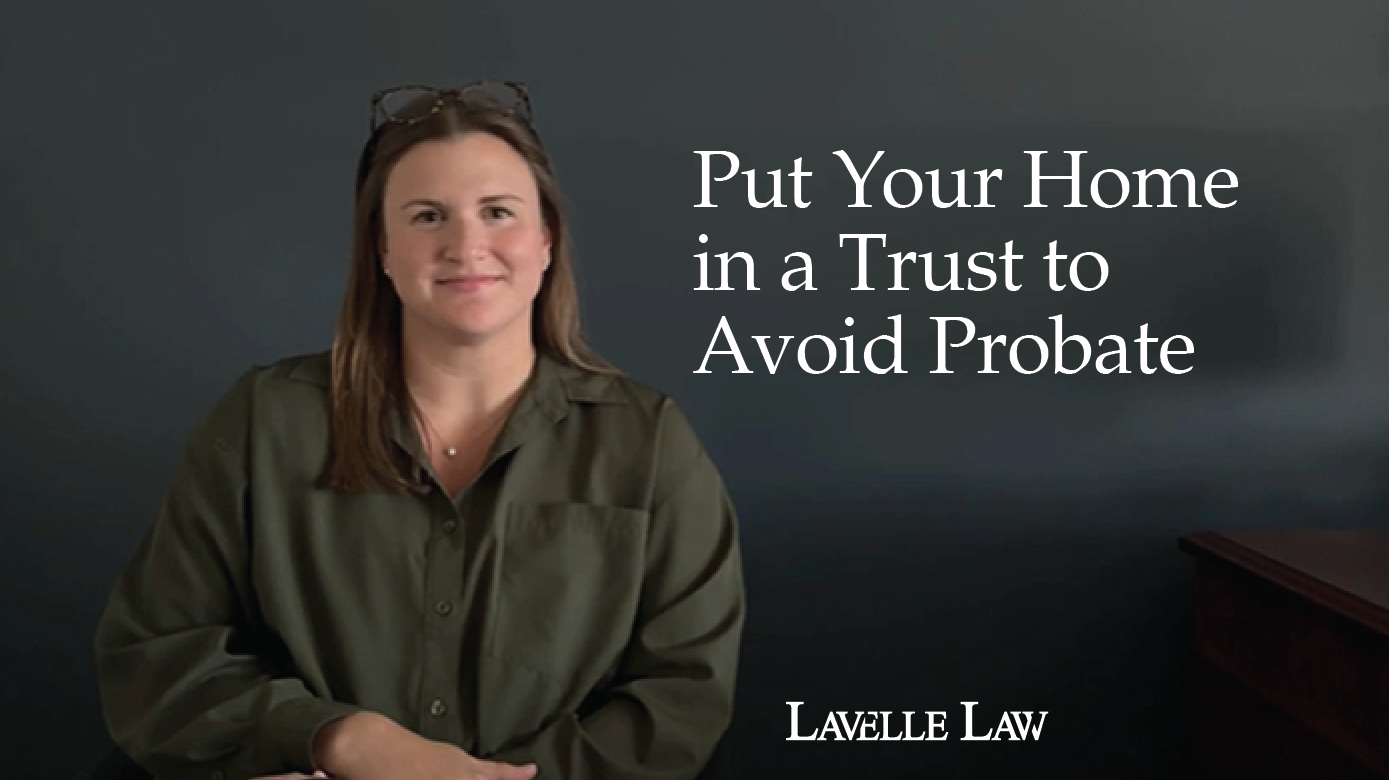Banking and Business Monthly – February 2022
OCC’s and FDIC’s “Valid When Made” Rule Upheld; SBA Loan Review for Partially Forgiven Loans

A. OCC’s and FDIC’s “Valid When Made” Rule Upheld
On February 8, 2022, the U.S. District Court for the Northern District of California issued a ruling in favor of the Office of the Comptroller of the Currency (OCC) and the Federal Deposit Insurance Corporation (FDIC). Eight states challenged the OCC’s and FDIC’s “valid when made” rule (see the OCC’s version here), specifically claiming it facilitated predatory lending and violated the Administrative Procedures Act (Act). The “valid when made” rule states that when a bank regulated by the OCC or FDIC sells or assigns a loan to a nonbank, the loan’s interest rate before the transfer remains valid after the transfer (i.e., if a loan was not subject to a state’s usury law when it was made, it does not become subject to it even if it is subsequently sold or assigned to another party).
This rule was issued in response to the holding in Madden v. Midland Funding, LLC, 786 F.3d 246 (2d Cir. 2015). The Madden court held a nonbank purchaser (debt buyer) was prohibited from charging the original interest rate set by the bank and stated in the loan agreements. This introduced significant uncertainty across the country, threatening to disrupt the secondary loan market and significantly reduce lending and credit availability. The rule sought to provide certainty that the original interest rate would remain legal after the sale of a loan.
The states argued the “valid when made” rule violated the Act because the doctrine is (1) arbitrary, (2) exceeds its statutory authority, and (iii) the agency implemented it without following the requisite procedure. The states also argued the rule facilitated predatory lending schemes by permitting lenders to evade state law through partnership with national banks.
The district court determined that the OCC and the FDIC acted within their authority and in line with congressional guidance when they implemented their versions of the rule. The court further held that the OCC and the FDIC had reasonably interpreted the statutes, and that their rulemaking was not “arbitrary,” since the record had no indication that the agencies failed to consider potential problems that could arise.
On February 9, Michael Hsu, Acting Comptroller of the OCC, issued a statement regarding the rule, saying it should be used for the benefit of consumers and not against them. “The OCC is committed to strong supervision that expands financial inclusion and ensures banks are not used as a vehicle for ‘rent-a-charter’ arrangements.” The district court’s ruling helps relieve uncertainty in the secondary market concerning loans originated by national banks, federal savings associations, and state banks under the FDIC’s authority.
B. SBA Loan Review for Partially Forgiven Loans
On January 27, 2022, the SBA issued SBA Procedural Notice 5000-827666 detailing a new process where borrowers may request an SBA loan review of partially approved forgiveness decisions by their Paycheck Protection Program (PPP) lenders. This comes after the SBA received a number of inquiries from borrowers who have received partial forgiveness of their PPP loans because (1) their lender issued a partial approval decision to SBA on the borrower’s loan forgiveness application, or (2) their lender required the borrower to apply for forgiveness in an amount less than the full amount of the PPP loan.
If the lender issued a partial approval decision to the SBA and SBA remits the full amount approved by the lender, the lender’s notification to the borrower must include the lender’s partial approval decision, including the reason(s) why the lender approved forgiveness in part but not in full. See SBA Procedural Notice 5000-20077.
The lender’s post-forgiveness remittance notification must also inform the borrower that the borrower has 30 calendar days from receipt of the notification to seek, through the lender, an SBA loan review of the lender’s partial approval decision. Within 5 calendar days of a lender’s receipt of a borrower’s request for review, the lender must notify the SBA. The lender’s notice to the SBA must include (i) a copy of the borrower’s request, and (2) the lender’s notice to the borrower of the reason(s) for the lender’s partial approval decision.
At its sole discretion, the SBA may select a loan for review as a result of the borrower’s request. The lender will receive a notice informing it that the SBA is reviewing the loan. However, borrowers should be aware that if the SBA undertakes a loan review at a borrower’s request, the SBA may determine that the borrower is entitled to forgiveness in an amount less than what the lender decided, an amount more than what the Lender decided, or the same amount.
When the SBA completes a borrower-requested loan review of a lender’s partial approval decision, the SBA may send a final loan review decision to the lender. Any final SBA loan review decision that is appealable to OHA by the borrower will include a notice of the borrower’s right to appeal the decision. See SBA’s Final Rule on Borrower Appeals of Final SBA Loan Review Decisions Under the Paycheck Protection Program.
For further inquiries or questions, please contact me at smigala@lavellelaw.com or at (847) 705-7555.
More News & Resources
Lavelle Law News and Events











